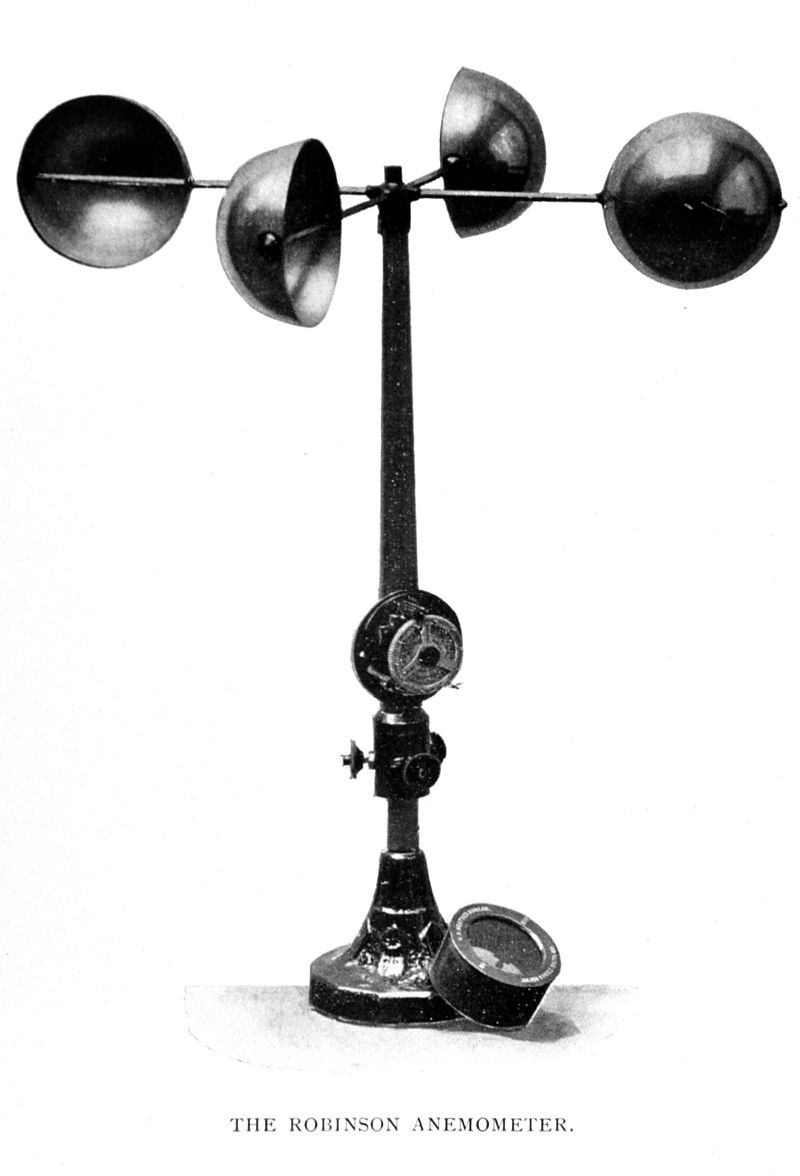Comparing Digital and Mechanical Anemometers: Which is Right for You?
Comparing Digital and Mechanical Anemometers: Which is Right for You?
Blog Article
Anemometers Revealed: Comprehending Their Value in Environmental Tracking and Precaution
The duty of anemometers in ecological tracking and safety measures is often undervalued, yet their relevance is indisputable. These tools have a lengthy history rooted in clinical query and technological advancements, developing to end up being essential tools in different fields. From meteorology to aeronautics safety and security, anemometers play an important role in providing precise information that informs decision-making procedures and boosts general security. Understanding the details of anemometers introduces a world of essential insights that are essential to our understanding of the setting and the actions we require to make certain safety.
History of Anemometers
The development of anemometers can be mapped back to the ancient people where basic wind determining tools were initial utilized. One of the earliest known anemometers was the hemispherical cup anemometer designed by Leon Battista Alberti in the 15th century.
Over the years, improvements in innovation led to the growth of even more contemporary anemometers, consisting of ultrasonic anemometers and laser Doppler anemometers, offering raised precision and efficiency in determining wind rate and instructions. The history of anemometers showcases a remarkable journey of advancement and progress in the area of meteorology.
Kinds of Anemometers
Throughout the area of weather forecasting, different types of anemometers have actually been established to precisely determine wind speed and direction. Sonic anemometers make use of ultrasonic signals to measure wind speed and instructions properly. Hot-wire anemometers operate based on the principle that the cooling impact of wind on a warmed wire is proportional to the wind speed.
Applications in Meteorology
Having reviewed the numerous types of anemometers used in meteorology for determining wind rate and direction, it is important to explore their practical applications in the field. Anemometers play an essential duty in weather forecasting by offering real-time and precise information on wind problems (anemometer). Meteorologists make use of anemometers to keep an eye on wind rate and instructions to forecast weather condition patterns, issue cautions for extreme climate events like typhoons, twisters, and storms, and examine climatic conditions for aviation security
In meteorology, anemometers assist in recognizing regional and neighborhood wind patterns, which are essential for anticipating weather changes and determining weather fads. These gadgets are likewise utilized in research study to study microclimates, urban heat islands, and air pollution diffusion. In addition, anemometers are used in agriculture to enhance crop management techniques, such as watering and pesticide application, based upon wind conditions.
Relevance in Aeronautics Safety
An important element of ensuring air travel safety hinges on the meticulous monitoring of wind conditions making use of anemometers. Anemometers play a vital function in aviation by giving real-time information on wind speed and instructions, Read Full Report helping pilots in making notified decisions throughout liftoff, trip, and touchdown. Uncertain and solid winds can considerably affect aircraft operations, making it necessary for aviation authorities to count on precise wind measurements to guarantee the security of passengers and staff.

In the dynamic environment of aviation, where even small adjustments in wind speed and direction can have profound impacts, anemometers stand as important devices for advertising safe and secure air traveling.
Function in Environmental Research
Anemometers play an essential role in ecological research by giving crucial data on wind speed and instructions. By properly determining wind features, anemometers assist researchers examine the activity of toxins in the air, assess the influence of commercial discharges, and anticipate the spread of pollutants in the setting.


Conclusion
To conclude, anemometers have actually played a vital function in environmental monitoring and precaution. With a rich background and read here numerous kinds available, these devices have been extensively used in meteorology, aviation safety, and environmental research. Comprehending the relevance of anemometers is important for properly determining wind speed and direction, which is crucial for predicting weather condition patterns, guaranteeing safe aeronautics operations, and performing environmental studies - anemometer. Their payments to these areas can not be ignored.
One of the earliest recognized anemometers was the hemispherical mug anemometer have a peek at this website designed by Leon Battista Alberti in the 15th century. Over the years, advancements in innovation led to the development of even more modern-day anemometers, consisting of ultrasonic anemometers and laser Doppler anemometers, providing increased accuracy and effectiveness in determining wind speed and direction. Hot-wire anemometers operate based on the principle that the cooling impact of wind on a heated wire is symmetrical to the wind rate. Meteorologists utilize anemometers to check wind rate and instructions to anticipate weather patterns, issue cautions for severe weather occasions like hurricanes, hurricanes, and tornados, and examine atmospheric conditions for aviation safety.
Recognizing the value of anemometers is essential for properly determining wind speed and instructions, which is vital for predicting climate patterns, making certain secure air travel operations, and performing environmental studies. (anemometer)
Report this page